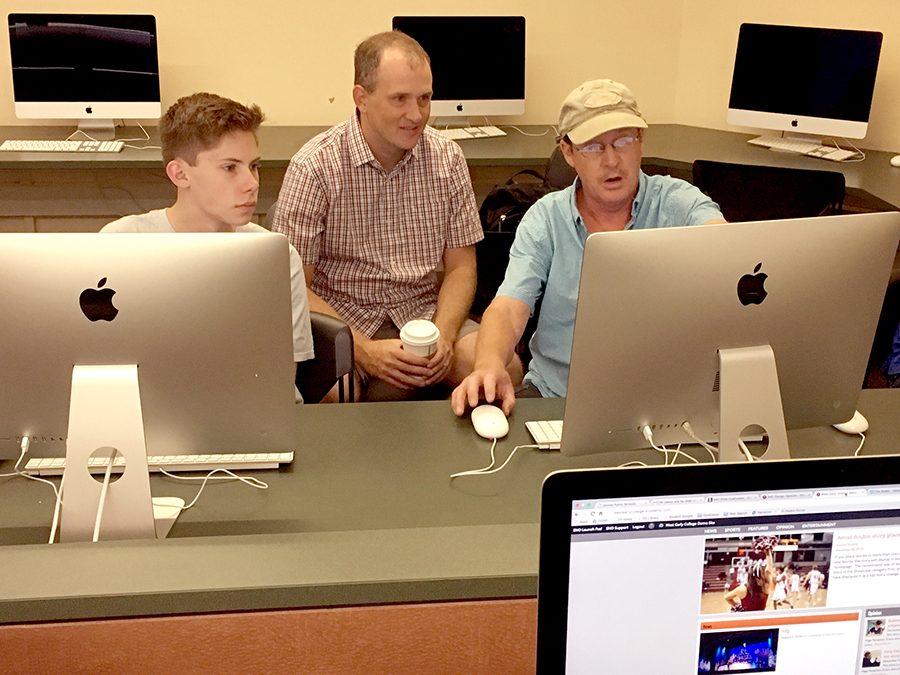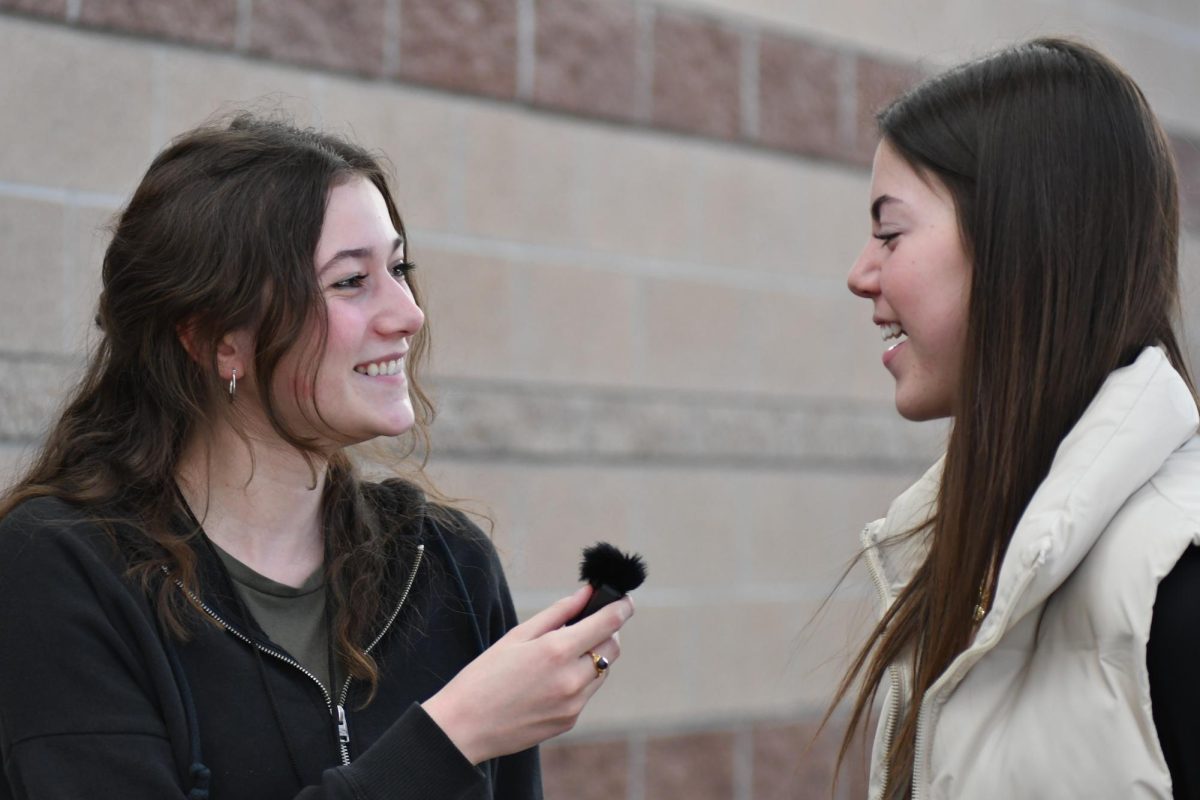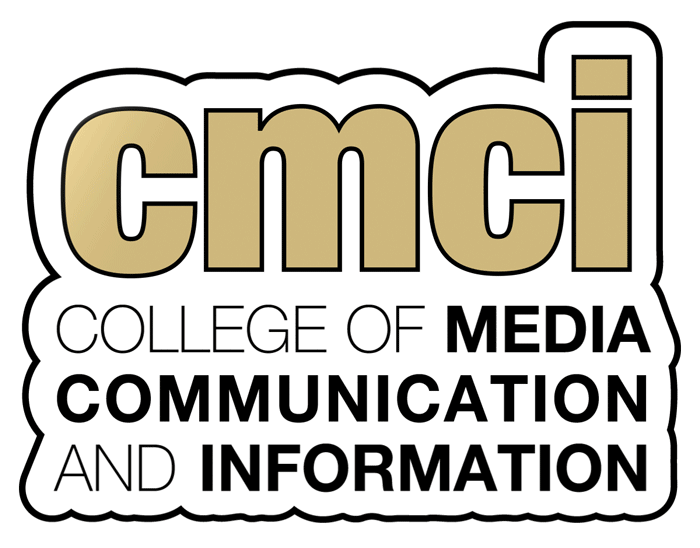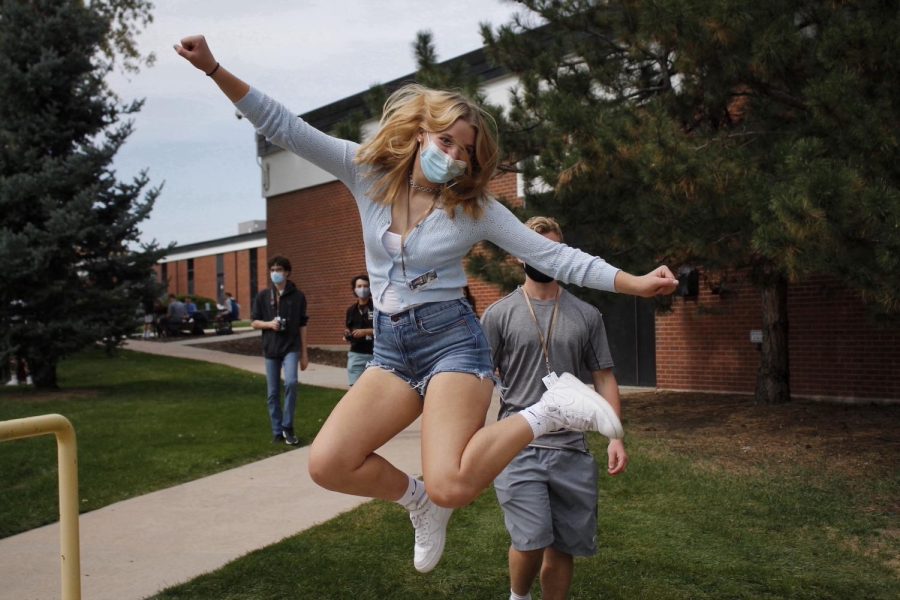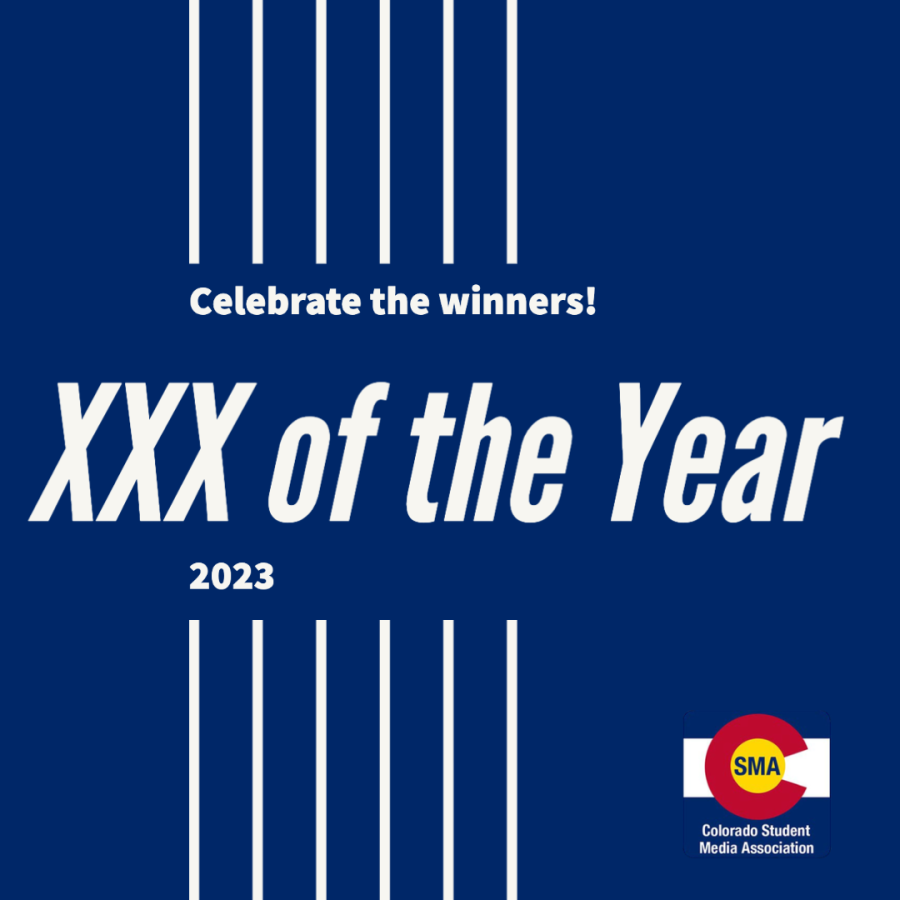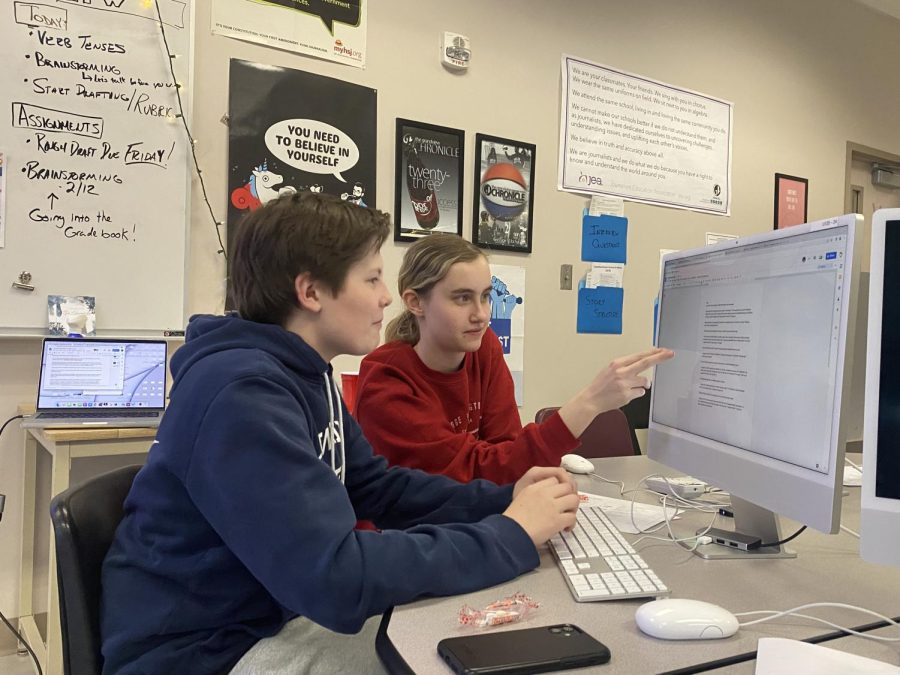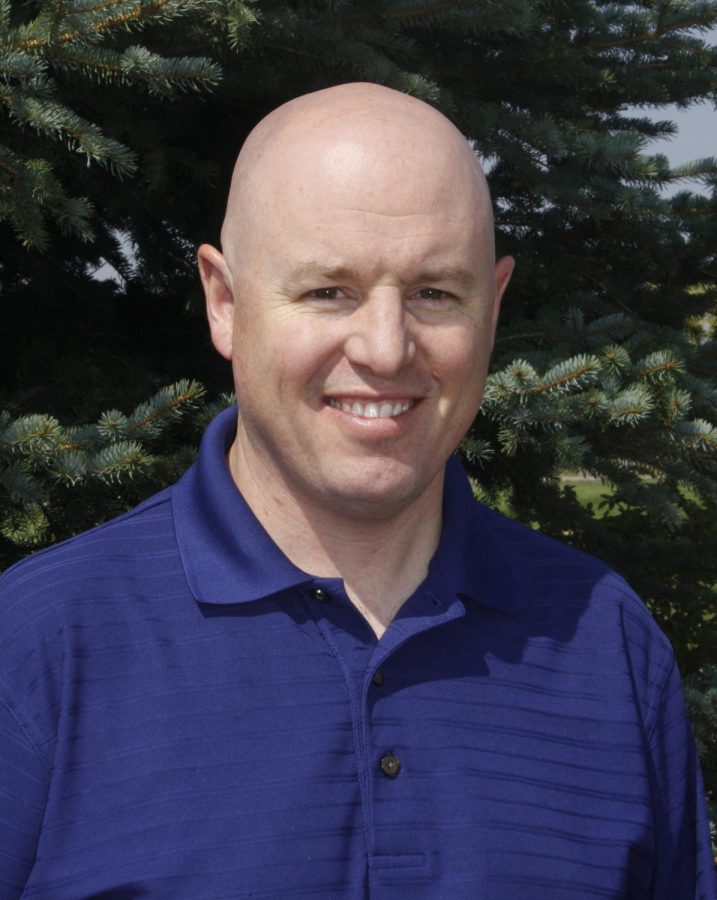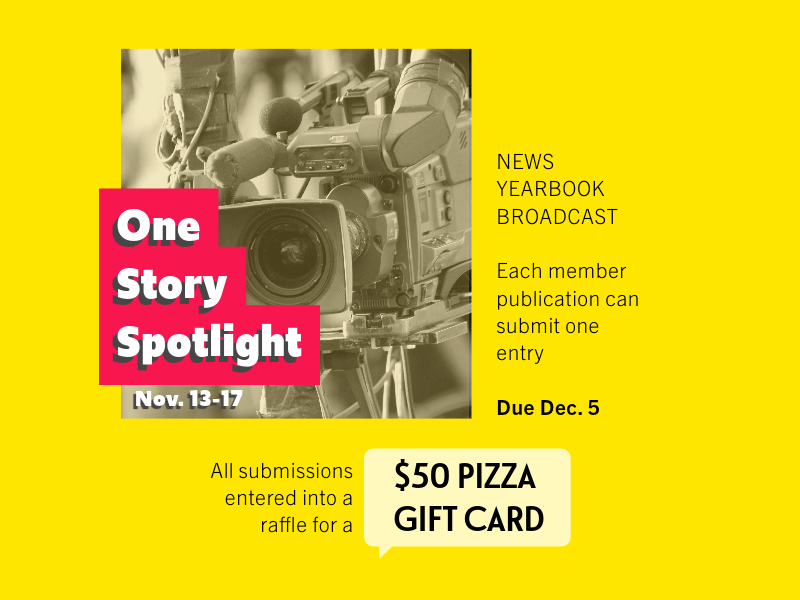Notes from Jason Wallestad, co-founder of SNO, from the CSMA-SNO hands-on workshop series, held Aug. 1-3. Schools could choose either to attend the introduction workshop to WordPress at Monarch HS or Palmer Ridge. The second workshop, devoted to more hands-on work and individualized instruction from Jason, was Aug. 3, at Castle View HS.
The bulk of the workshop focused on specifics of the SNO WordPress theme and techniques to both individualize sites and produce effective online stories, but he began Day One of the workshop series with a focus on the philosophy of online news sites and how classrooms and staffs need to change to take advantage of the platform.
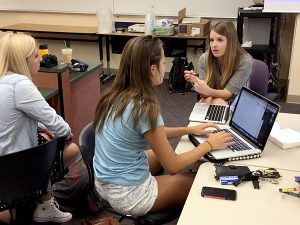
Should you adopt an “online first” philosophy? Jason recommended the answer should be “yes,” though there are multiple strategies possible.
How does thinking “online first” transform the way you cover your school community?
- No limit to number of stories (but try to publish something new every day)
- No arbitrary length
- You can publish video (under 2 minutes is reommended), audio, and unlimited photos (but don’t just dump photos).
- Timeline (deadlines become more individualized) and audience (it can get much bigger) are redefined.
Jason shared a Google Analytics chart of one customer school, showing 200,000 page views in a school year. – Not completely analagous, but compare to 1,000 readers of each print edition x 16 pages x 6 issues = 96,000 page views – BUT are those page views mostly coming from people who do not have access to your print edition? So how much of our audience are NOT print readers? How much of our audience = students who ALSO read the print edition? But also: print pages MAY contain a lot more information per “page view” than online media.
Make sure your section names are not based on the print edition (no “back page” pulldown, or “centerspread” pulldown). We need to change our nomenclature a bit for online.
Stories can be updated or corrected as new information is gathered. Need a revised (or separate) editorial policy that deals with annotating corrected material, so readers will not be confused – see professional sites for samples.
Stories can be springboards for exploration, with links to added content, off-site material, and more. If there are not at least three links in a story, are we really taking advantage of the platform?
Jason’s suggested coverage areas that are best suited to online platforms:
- Breaking news/emergency/weather
- Developing stories (share what we know, when we know it)
- Sports game coverage
- Movie and music reviews (immediate commentary)
- Opinion (quick responses to events of the day)
Possible philosophy: go online first, and choose “greatest hits” for print edition? Print has to become a magazine, so perhaps we look at “newspaper” online plus “magazine” print publication.
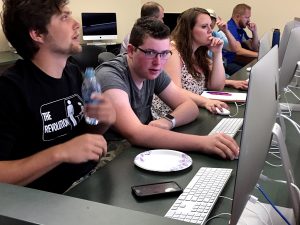
Strategy for building an audience = use social media (most traffic to your sites will come from social media references/links). Facebook is still top referral source for schools (90 percent of students still have a Facebook account). Snapchat does not link to the site directly. Make sure Instagram connects with Facebook.
Online first = no “cycle” (every day is coverage idea day)
You can make every day a publication day.
Review analytics from prior day, plan (what’s happening, what do students need to know?), teach mini-lessons, set a priority for the day.
We need a method for the staff to communicate beyond the classroom: GroupMe, Facebook groups, Slack, Trello.
Advisers need to check in one-on-one to redirect student efforts. There is something to be said for down time, from time to time.
Story groups work naturally with the website: writer, editor and photographer together (maestro strategy)
Need a student editor for online (not just a “web guy” or “webmaster” off in a corner). Check ‘Wired’ magazine staff box. A managing editor can be simply in charge of keeping track of everything that is going on. A social media coordinator keeps us organized on those platforms.
Want to use Sports Center (add-on offered by SNO)? You will need a dedicated student to run that, or it will be sketchy.
Most work happens in STORIES for online news sites, so spend more time there. 1st step = enter a headline (helps with autosave). Best to write in Word or Google Docs, and then paste text into the window. Select ONE category for most stories (exception: Featured Story or Top Story PLUS Sports). Photos need to be changed in Photoshop to 900 x 600 pixels for the web, and then SAVE FOR WEB.
PRO TIP: Always give readers an “exit path” – what do you want them to read next?
Regarding analytics: two or more page views per session is OK. Normal bounce rate is 50-60 percent.
“Related stories” (sidebar feature included in the SNO Flex theme) is a great add on to keep readers on your site and help them navigate.
- Infogram – create embeddable infographics
- Thinglink – you can upload a photo/map and then create “hot spots” that pop up when hovering over
- Playbuzz – helps build Buzzfeed type quizzes – not everything needs to be serious, and we need to get people on our sites before we can educte, inform, persuade and more.
Interested in working with SNO? The initial set up fee is normally $625, which covers your first year hosting and support. After that, it’s $325 per year. By all means, however, contact Jason at [email protected] to get all the details.



